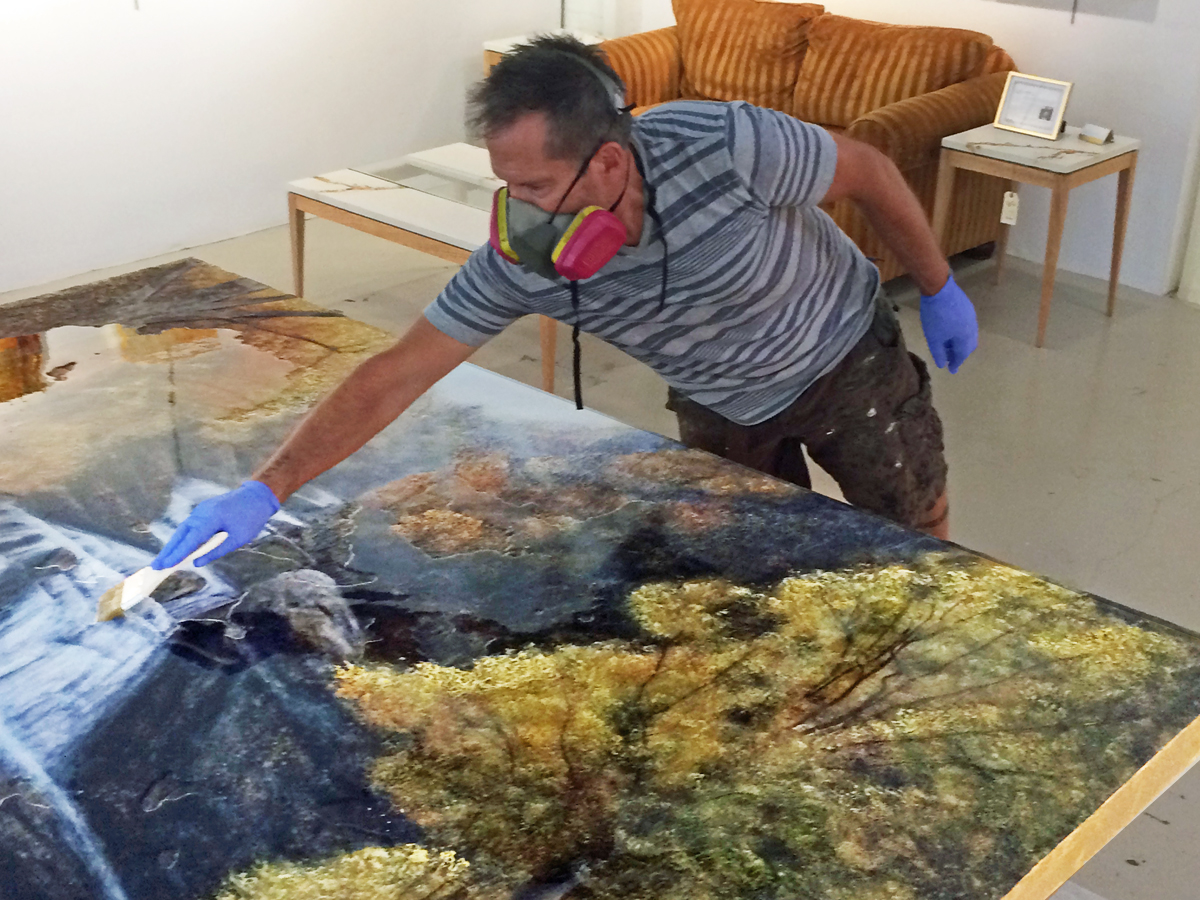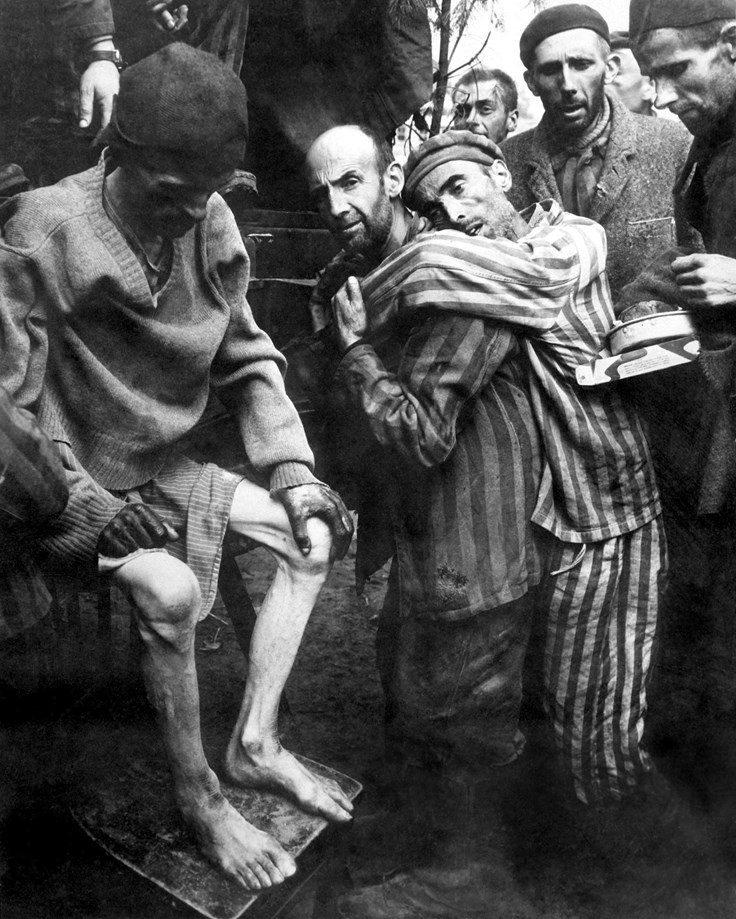Each year, I really enjoy challenging myself with an idea that is “over the top”. This year, I’ve decided to work with one of my favorite photos I took of one of my favorite places: Claude Monet’s lily pond in Giverny, France. When we were in France last September, we originally planned to see the Louvre, because if you’re an artist and you’re in Paris, you HAVE to visit the Louvre. But…the Louvre is closed on Mondays and that was the only day we had left in our trip. When I discovered this, I quickly Googled “Giverny” and found that the home and garden of my very favorite artist ever (sorry Leonardo et al) was OPEN on Mondays, I was very happy to add Giverny to our trip itinerary.
It was magical. If you love art, you would love Giverny. It was absolutely so amazing. But it was crawling with tourists. LOTS OF THEM. Every inch of the trail around the gardens and pond were packed. That’s okay. I was ONE OF THEM! I wanted to see with my own eyes the magical gardens that figured so prominently into so much of Monet’s artwork.
And then…a magical moment.
No one was on the bridge!
Just an 1/8 of a second later, and this photo would not exist. I feel like this was basically divine intervention. This moment was predestined. This was an awesome and wondrous moment! The challenge was to capture it with my iPhone! But being that it was a Mac product, that wasn’t a problem at all.
So this photo is what I’m painting. And I’m not done yet, but I’m getting very close. This piece will be a “one of a kind” painting, fully of wonderful memories for me. My goal is that it will be my personal “best of the best” to date. It’s coming home (from my current Texas studio) to Asheville, and will be in the most prominent position in my River Arts District studio. So…if you’r e visiting Asheville and are interested in seeing it, please know you’re welcome to visit!
























